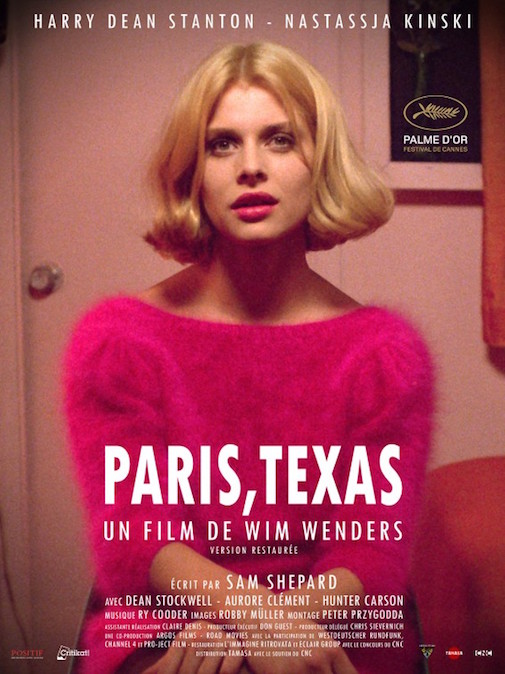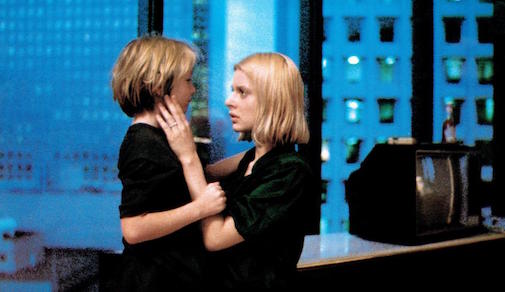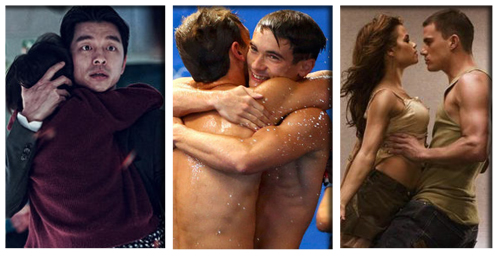As part of our celebration of the year of the month, 1984, Lynn Lee revisits the winner of that year's Palme d'Or, Wim Wenders' Paris Texas.
 While it may not quite have the status of an iconic movie, there’s much about Paris, Texas that feels iconic. A hybrid of those two most iconically American genres, the Western and the road trip—directed, natch, by a German and starring two European actresses—it bears the distinctive features of both. The long stretches of silence, only occasionally broken by snatches of spare Sam Shepard-scripted dialogue or, as often as not, monologue. Ry Cooder’s haunting slide-guitar score, which seems to meld with the harsh, lonely, yet strangely sublime landscapes of Texas deserts, highways, and roadside motels. The lighting, especially at dusk. The weathered countenance of Harry Dean Stanton—how does it manage to be at once so stoic and so expressive?—and the exquisitely sculpted planes of Nastassja Kinski’s face, as they quiver and dissolve in the movie’s most emotionally wrenching scene.
While it may not quite have the status of an iconic movie, there’s much about Paris, Texas that feels iconic. A hybrid of those two most iconically American genres, the Western and the road trip—directed, natch, by a German and starring two European actresses—it bears the distinctive features of both. The long stretches of silence, only occasionally broken by snatches of spare Sam Shepard-scripted dialogue or, as often as not, monologue. Ry Cooder’s haunting slide-guitar score, which seems to meld with the harsh, lonely, yet strangely sublime landscapes of Texas deserts, highways, and roadside motels. The lighting, especially at dusk. The weathered countenance of Harry Dean Stanton—how does it manage to be at once so stoic and so expressive?—and the exquisitely sculpted planes of Nastassja Kinski’s face, as they quiver and dissolve in the movie’s most emotionally wrenching scene.
That last aspect is at once the film’s ace and its Achilles heel. By the latter I don’t mean Kinski’s acting (I think she’s fantastic, shaky Texan accent aside) or the writing of that particular scene. Rather, I mean the conception of her character, Jane, and Jane’s relationship to Stanton’s wanderer Travis, which culminates in that scene.

If the first two thirds of Paris, Texas are about Travis’ reconnecting with his brother and young son as he slowly comes back to life, the last third is dominated by his efforts to find Jane...
Click to read more ...
 Saturday, August 27, 2016 at 9:30AM
Saturday, August 27, 2016 at 9:30AM 






